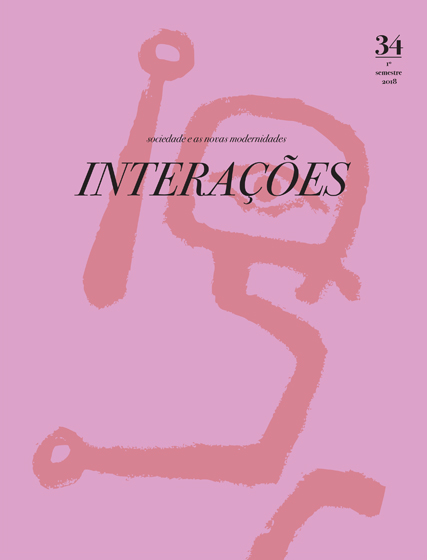Digital Inequality in Theory and Practice: Old and New Divides in the Broadband Era
DOI:
https://doi.org/10.31211/interacoes.n34.2018.a3Palabras clave:
inequality, divide, capital, Internet, broadbandResumen
As of 2017, the number of ICT users worldwide reached 4 billion people — it was only 16 million in 1995. According to its early observers, the World Wide Web could effectively tackle socio-economic inequalities, promoting the diffusion of information and opportunities on the four corners of the globe. However, despite the expectations, "digital dividends" arising from new technologies have been distributed unevenly, missing the point of a dramatic, wide-spread emancipatory impetus. Furthermore, as the advantaged tend to seize resources and skills needed for benefitting from the ICTs, the deprived could be further "driven out" from the broadband revolution. Building on these concerns, the aim of the paper is that of reviewing the "state of the art" of the digital inequality debate, shedding light on five main accounts: 1. The adaptive definition of "digital divide"; 2. Methodological approaches; 3. Interaction with other forms of inequalities (socio-economic status, education, race, gender, age); 4. Global dimension and "digital peripheries"; 5. The intrinsically political issue of "connective action".
Descargas
Descargas
Publicado
Cómo citar
Número
Sección
Licencia
Los derechos de autor de las obras publicadas son retenidos por el autor que otorga a Interações el derecho de publicación original. El artículo publicado se puede utilizar libremente con fines educativos, no comerciales, de acuerdo con la Licencia Creative Commons - Atribución-NoComercial 4.0 Internacional, siempre que el autor, el título del artículo, el título y el número de la revista sean citado junto con la URL o DOI del artículo.



